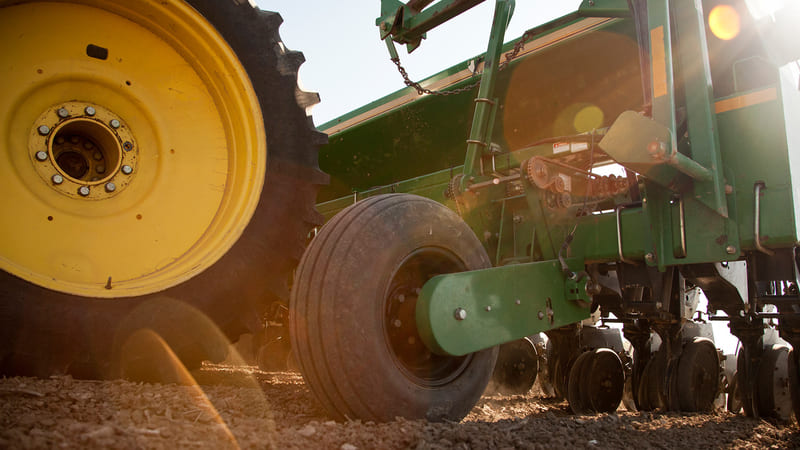A Contradiction In Terms
If/then” statements are one the basics of computer programming: If this situation exists, then this action will result.
“If/then” statements can help with basic decisions in agriculture as well: If I have weeds, then I will plow. If I have insects, then I will spray.
But decisions on nematicide applications can rarely be solved using “if/then” because they can be 100% contradictory. Just because you have high populations of nematodes does not mean you will have damage. Just because you have low populations does not mean you won’t have damage.
Either way, nematodes can’t be overlooked for any reason. “We estimate that the reniform nematode costs us about $100 million a year in the U.S.,” says Dr. Charles Overstreet, a nematologist with the Louisiana State University (LSU) Extension service in Baton Rouge.
Root-knot nematodes, research has shown, prefer light sandy soils, while reniform nematodes may be in both sand and clay. As soil texture gets increasingly heavier, it takes much higher levels of either nematode to cause problems.
Knowing your nematode means soil sampling to confirm that a population of a particular nematode is present. Knowing your soil type can include using a Veris EC cart to determine soil variability across a field. A Veris map, overlaid with a yield-monitor map, can isolate areas of the field where the presence of nematodes could be a factor in yield loss. With that information, management zones can be created showing precisely where a nematicide is, or is not, needed.
“We’ve worked a lot with Bayer on a sidedress with Temik and with Dow on Telone fumigant,” says Dr. Gene Burris with the LSU Department of Pathology. “We hope this will create some interest because the seed treatments are letting us down in a few of the tough areas. It makes good sense to manage nematodes by using site-specific applications instead of wasting money treating a whole field.”
Temik is a granular nematicide; Telone is a soil fumigant nematicide.
“A lot of people have gone to seed treatments based on the fact that they are a very convenient where your total risk factors are light to moderate,” says Maurice Wolcott, GIS/GPS specialist with the LSU Agricultural center. “But there are areas in a lot of fields where the total risk factors are so severe that a seed treatment alone is just not adequate for economical control.
“We have found in some of our research fields that there is a great deal of soil variability and that there are certain soils where we consistently get a response to a nematicide, such as Telone, over and above the more conventional treatments. We also have soils where we never get a response.”









